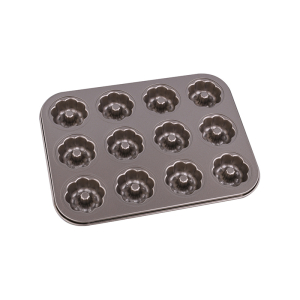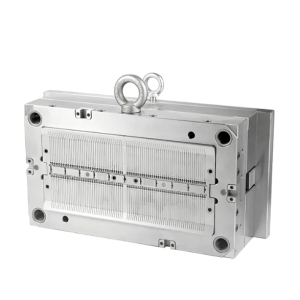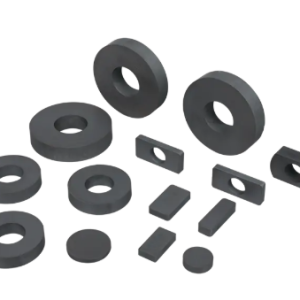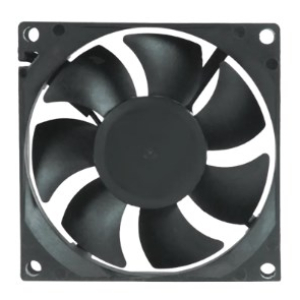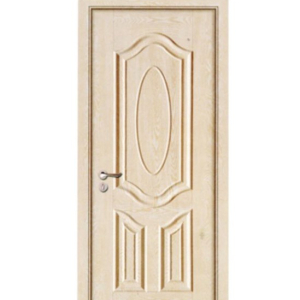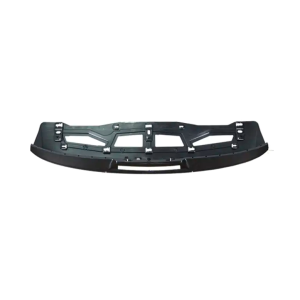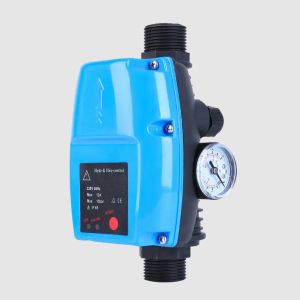CNC vertical turning centers are advanced machine tools designed for machining large and heavy workpieces with high precision and efficiency. Unlike horizontal lathes, vertical turning centers position the spindle vertically, allowing gravity to assist in stabilizing the workpiece during machining. This orientation is particularly advantageous for handling large diameters and heavy components, such as those found in the automotive, and energy industries.
The primary advantage of CNC vertical turning centers lies in their ability to machine large, heavy parts with exceptional stability. The vertical spindle orientation ensures that the workpiece remains securely in place, reducing the risk of deflection and vibration. This stability translates to improved machining accuracy and surface finish, which are critical in producing high-quality components.
These machines are capable of performing a variety of operations, including turning, facing, boring, and threading. Additionally, many CNC vertical turning centers come equipped with live tooling, allowing for milling, drilling, and tapping operations within the same setup. This multifunctional capability reduces the need for multiple machines and setups, enhancing production efficiency and reducing cycle times.
CNC vertical turning centers often feature robust construction and powerful motors to handle the demands of machining large and heavy parts. They are designed to withstand significant forces and stresses, ensuring consistent performance and reliability. Advanced control systems and software enable precise programming and operation, further enhancing their capabilities.
Operators of CNC vertical turning centers must be proficient in programming and setup to fully utilize the machine's potential. Proper maintenance is also essential to ensure longevity and ideal performance.

